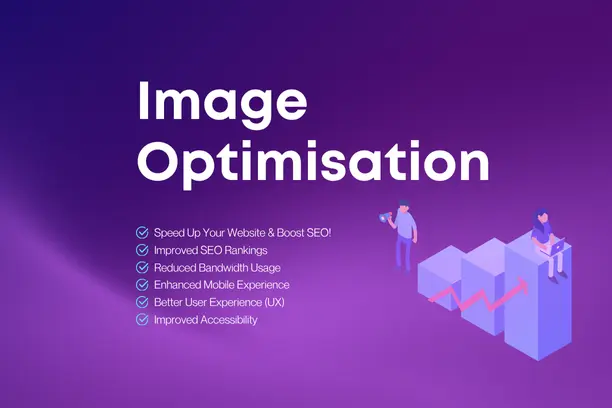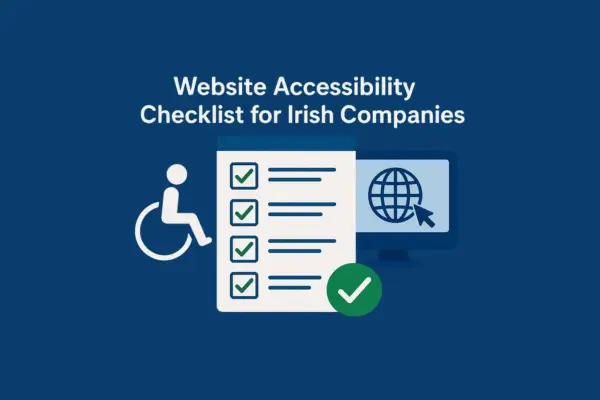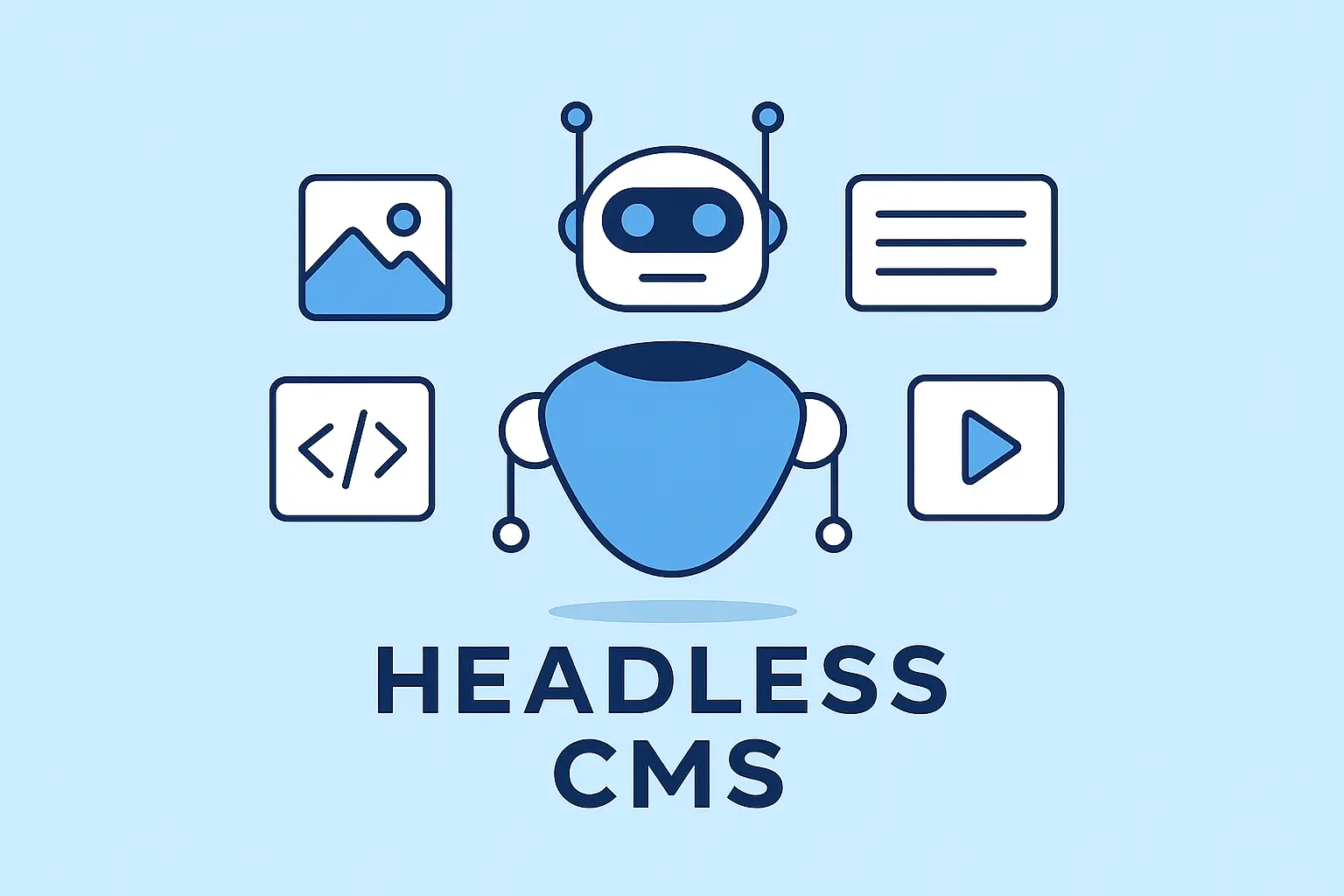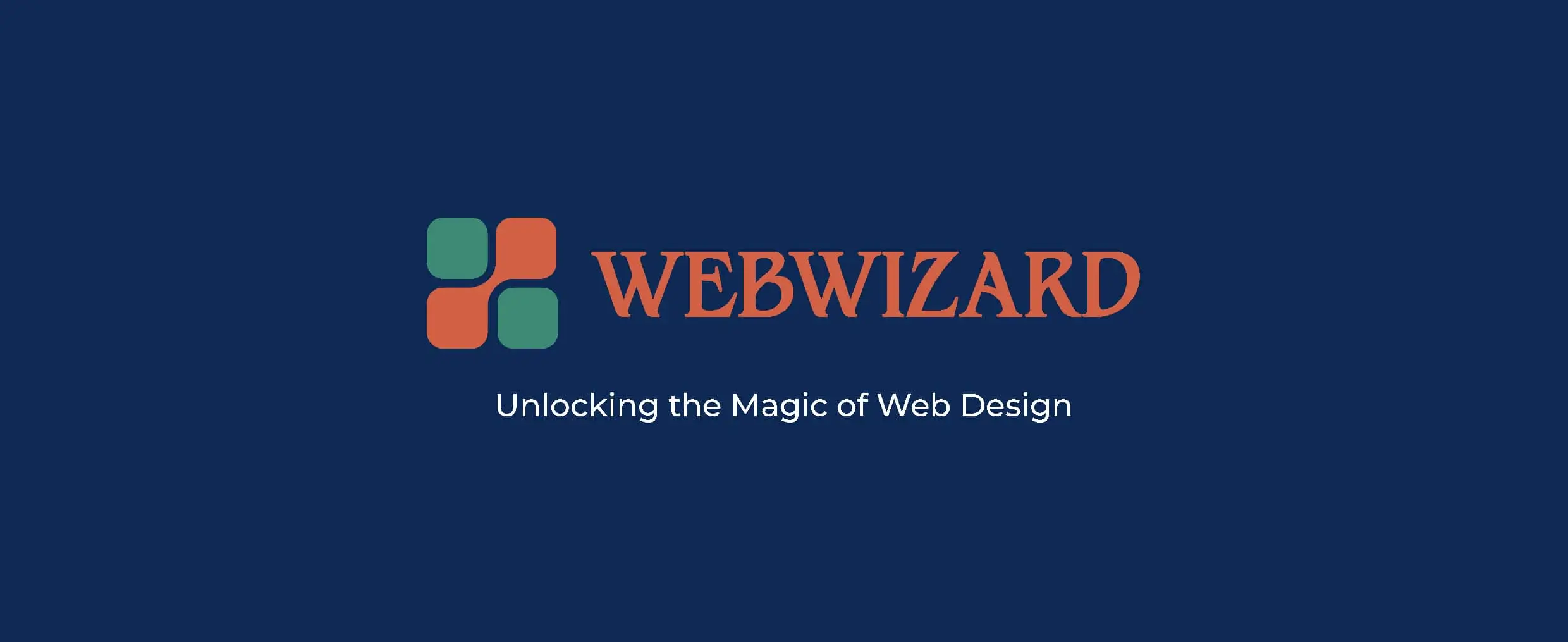Updatated on Aug 27, 2024
Introduction
In today’s digital world, simply having a well-designed website is not enough. To succeed online, your website must also be optimised for search engines. Search Engine Optimisation (SEO) and web design are two sides of the same coin, working together to enhance your site’s visibility, attract more visitors, and ultimately, drive business growth. In this blog post, we’ll explore how SEO and web design intersect and why integrating SEO into your web design process is crucial for online success.
What is SEO and Why Does It Matter?
SEO is the practice of optimizing your website to rank higher in search engine results pages (SERPs) like Google, Bing, or Yahoo. Higher rankings mean more visibility, which can lead to increased traffic, more leads, and greater revenue. SEO involves a range of strategies, from keyword research to content optimisation, link building, and technical adjustments. The goal is to make your website as search-engine-friendly as possible.
Checkout list of free tools for Mastering Website SEO
The Role of Web Design in SEO
Web design isn’t just about aesthetics; it plays a vital role in how search engines view and rank your site. A website that is visually appealing but poorly optimised can struggle to achieve a high ranking. Here’s how web design impacts SEO:
-
Mobile-Friendly Design
- Importance: With the majority of internet users accessing websites via mobile devices, a mobile-friendly design is essential. Google uses mobile-first indexing, meaning it predominantly uses the mobile version of the content for indexing and ranking.
- Implementation: Ensure your website is responsive, meaning it automatically adjusts to fit different screen sizes. Test your site on various devices to ensure it provides a seamless experience across all platforms.
-
Site Speed and Performance
- Importance: Page speed is a critical ranking factor. A slow website can lead to higher bounce rates, where users leave your site without interacting with it, negatively affecting your rankings.
- Implementation: Optimise images, use browser caching, and consider a content delivery network (CDN) to improve site speed. Minimize the use of heavy scripts and plugins that can slow down your site.
-
User Experience (UX) and Navigation
- Importance: A well-structured, easy-to-navigate website encourages users to stay longer and explore more pages, which can boost your SEO efforts.
- Implementation: Use clear and intuitive navigation menus, and ensure that users can easily find what they’re looking for. Implement a logical page hierarchy with internal links that guide visitors through your site.
-
Optimised Content Layout
- Importance: Search engines prefer content that is easy to read and understand. Poorly formatted content can deter both users and search engines from engaging with your site.
- Implementation: Use headers (H1, H2, H3, etc.) to structure your content. Break up text with bullet points, images, and short paragraphs. Ensure that your content is relevant and includes targeted keywords naturally.
-
Image Optimisation
- Importance: Images can significantly enhance the user experience, but if not optimised, they can slow down your website and harm your SEO.
- Implementation: Compress images to reduce file size without compromising quality. Use descriptive file names and alt text that includes relevant keywords, helping search engines understand what the images represent.
- Checkout the Free tools for Image Optimisation
-
Clean Code and Structured Data
- Importance: Clean, well-organised code makes it easier for search engines to crawl and index your site. Structured data (or schema markup) provides search engines with explicit information about your content, enhancing the way your site appears in SERPs.
- Implementation: Work with a developer to ensure your site’s code is streamlined and free of unnecessary elements. Implement schema markup to improve search engine understanding and the display of your content in rich snippets.
Integrating SEO into the Web Design Process
SEO should not be an afterthought but an integral part of the web design process. Here’s how you can integrate SEO into your web design strategy:
-
Keyword Research Before Design
- Start with comprehensive keyword research to understand what your target audience is searching for. Use these keywords to inform your content, navigation structure, and even design elements.
-
SEO-Friendly URLs
- Create clean, descriptive URLs that include relevant keywords. Avoid using complex strings of numbers and letters. Search engines prefer URLs that are easy to read and understand.
-
Content Management System (CMS) with SEO Capabilities
- Choose a CMS like WordPress or Shopify that supports SEO best practices. These platforms offer plugins and tools that make it easier to optimise your site for search engines.
-
Ongoing SEO Maintenance
- SEO is not a one-time task. It requires ongoing monitoring, analysis, and adjustments. Regularly update your website with fresh content, optimise new pages, and track your SEO performance using tools like Google Analytics and Search Console.
The Benefits of Combining SEO and Web Design
When SEO and web design are aligned, the results can be transformative for your business. Here are some of the benefits:
- Increased Visibility: A well-optimised website is more likely to rank higher in search engine results, leading to increased visibility and brand awareness.
- Improved User Experience: By focusing on both design and SEO, you create a website that is not only beautiful but also functional and user-friendly.
- Higher Conversion Rates: A fast, mobile-friendly, and easy-to-navigate website encourages visitors to take action, whether that’s making a purchase, filling out a form, or contacting you for more information.
- Long-Term Success: SEO and web design are long-term investments. A well-designed, SEO-optimised website can continue to drive traffic and generate leads for years to come.
Conclusion
In the competitive world of online business, integrating SEO with web design is no longer optional—it’s essential. By ensuring that your website is both visually appealing and search-engine-friendly, you position your business for success in the digital marketplace. Whether you’re launching a new website or redesigning an existing one, make SEO a priority from the start. This approach will help you attract more visitors, improve user experience, and ultimately, achieve your business goals.
If you need help optimizing your website for SEO, or if you’re considering a redesign, Web Wizard is here to help. Contact us today to learn how we can create a beautiful, SEO-friendly website that drives results for your business.








